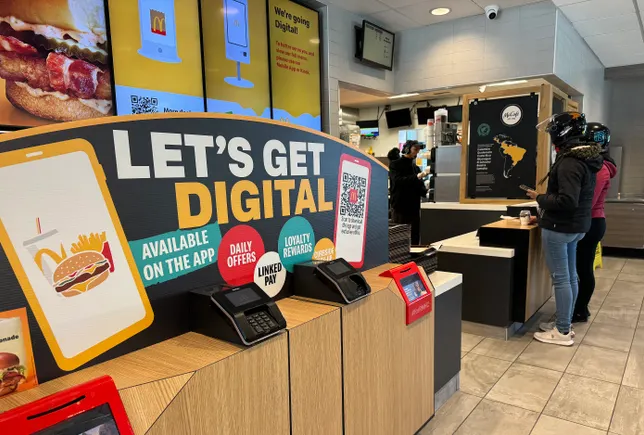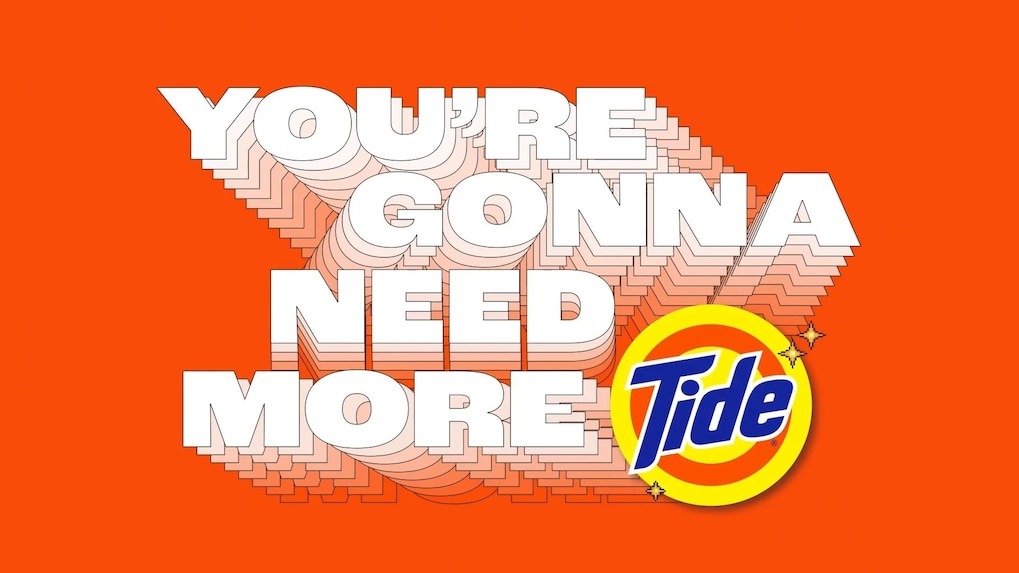Challenges Faced by Brands
Brands are facing the challenge of increased costs due to President Donald Trump’s tariffs on Chinese imports and imports from other countries. These tariffs currently stand at 145% for Chinese imports and 10% for imports from other countries, with a 90-day pause set to end in July. At the same time, experts are predicting an economic downturn that will result in reduced consumer spending. In order to cope with these challenges, brands are turning to their marketing teams to find cost-cutting measures.
Factors Contributing to Rising Costs
One major factor contributing to the rising costs for brands is the tariffs imposed by President Trump. The tariffs on Chinese imports have reached a staggering 145%, making it increasingly difficult for brands to maintain profitability. Additionally, the 10% tariffs on imports from other countries are further adding to their financial burden.
Impact of Economic Downturn
The situation is further compounded by the predicted economic downturn. Experts are forecasting reduced consumer spending, which will have a direct impact on brands’ revenue and profit margins. In such a challenging economic environment, brands are left with no choice but to find ways to cut costs in order to stay afloat.
Strategies for Cost-Cutting
To address these challenges, brands are tasking their marketing teams with finding innovative cost-cutting measures. The focus is on leveraging data-driven marketing strategies to optimize advertising spend and maximize return on investment. By using data to target the right audience and personalize marketing campaigns, brands can ensure that their advertising dollars are being spent effectively.
In addition to data-driven marketing, brands are also adjusting their budgets in response to the economy. This includes reducing agency expenses by bringing certain marketing functions in-house or exploring alternative agency models. By streamlining their operations and eliminating unnecessary costs, brands can weather the storm of rising tariffs and economic uncertainty.
Example of Unorthodox Marketing
One example of an unorthodox marketing plan comes from Slate, a company backed by Jeff Bezos. They are taking a unique approach to marketing their electric vehicles, showcasing their product through unconventional channels and leveraging social media influencers to generate buzz.
Staying Informed as a Marketer
As brands navigate these challenging times, it’s crucial for marketers to stay current with industry trends and developments. Subscribing to newsletters, such as those offered by martechtrend.com, can provide valuable insights and keep marketers informed about the latest strategies and tactics.
Conclusion
In conclusion, brands are grappling with the impact of President Trump’s tariffs and the expected economic downturn. Rising costs due to tariffs and reduced consumer spending are forcing brands to find cost-cutting measures. By leveraging data-driven marketing strategies and adjusting their budgets, brands can adapt to the current economic landscape and maintain their competitiveness.












Leave a Reply